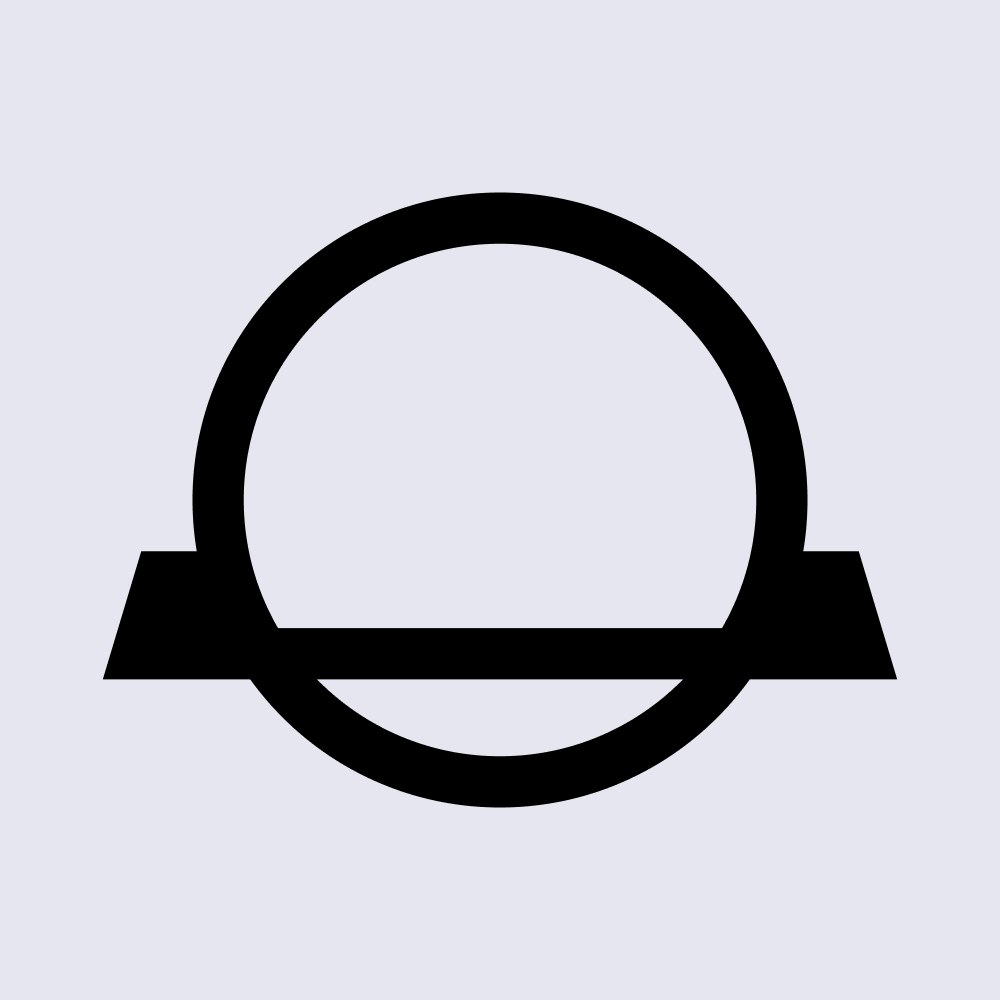How to Withdraw Your AUD from Binance: Navigating Binance's Australian Withdrawal Options
Australians can no longer withdraw AUD via bank accounts in Australia when using Binance. Here are the workarounds you need to know.
In this article...
- Binance is now a crypto-only exchange
- This means that you need a workaround to take AUD off the platform
- Here's everything you need to know.
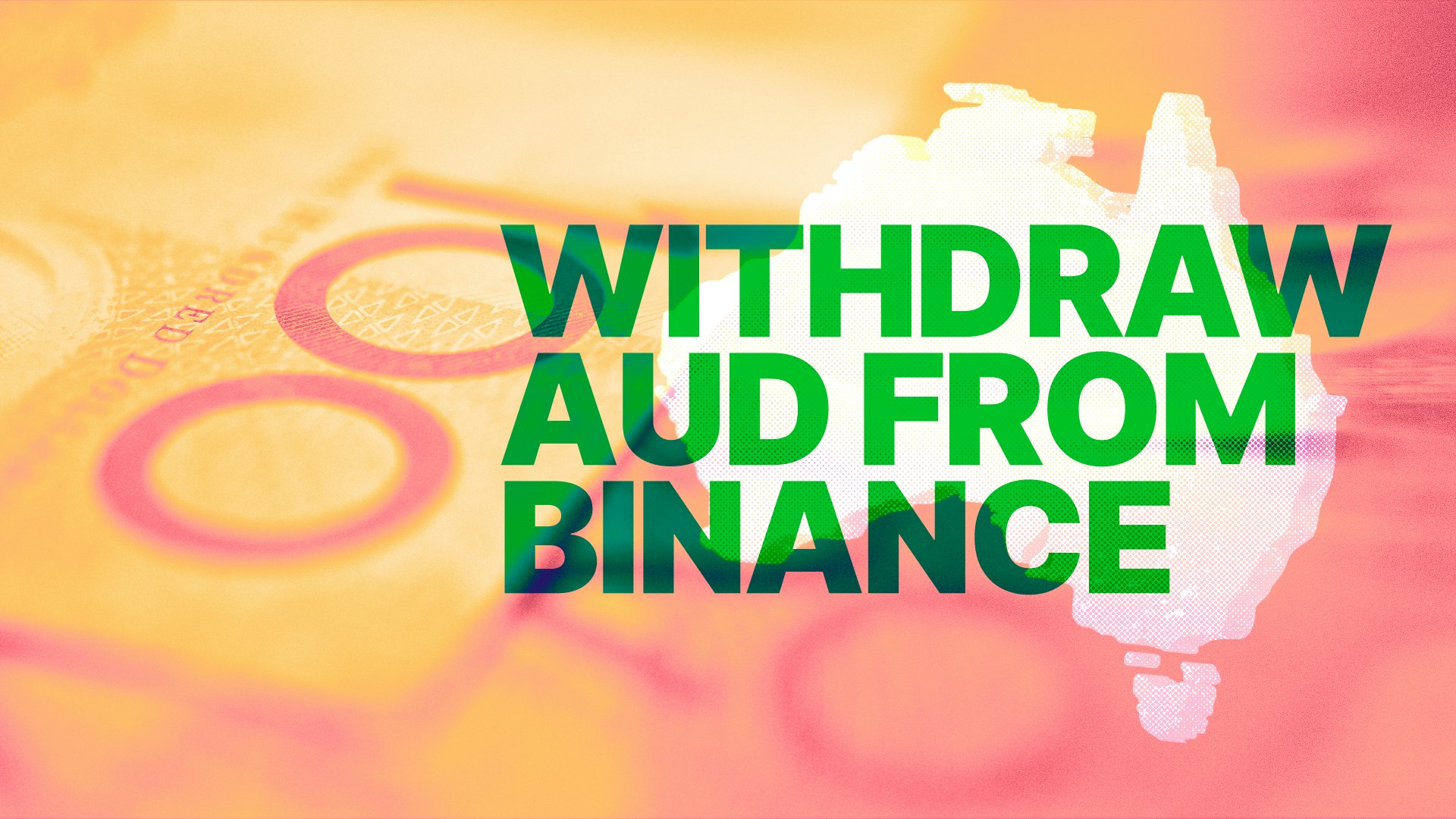
As of June 2023, Binance ceased its support for AUD deposits and withdrawals via bank accounts in Australia. What that means is if you have crypto on Binance Australia, you can’t cash it out as AUD into your Aussie bank account like you used to.
Binance announced this on X, saying, “We regret to inform you that AUD deposits and withdrawals by bank transfer are no longer available to Binance users in Australia. Binance has ceased all AUD trading pairs as of June 1. In order to facilitate withdrawals and trading activities after June 1, you can convert AUD balances to USDT.”
This, they said, was due to complications with its payment provider, Cuscal.
The decision by Cuscal, the third-party payments provider for Binance Australia, to discontinue its support for the exchange was influenced by concerns related to scams and fraud.
Binance Australia suspended Australian Dollar (AUD) deposits using PayID with immediate effect.
How to Withdraw Your AUD from Binance
Workarounds to the Binance withdrawal problem
There are a few workarounds here.
Use a credit / debit card
If you want to convert your cryptocurrency to Australian Dollars (AUD) on Binance, you can use your cards but it’s pricey.
Using your debit / credit card comes with a hefty 2% fee. Your bank might treat this transaction as a cash advance, which means more fees and interest. However this method is quick, so it might make the fees more tolerable.
If you want to cash out your cryptocurrency from Binance, you can also technically do so through P2P transactions.
P2P (Person-to-Person) transactions
You can find someone (another individual) who wants to buy your crypto using Australian Dollars (AUD). You both agree on a rate (exchange rate) for the crypto-to-AUD conversion.
The person transfers AUD to your bank account, and in return, you send them the agreed-upon amount of cryptocurrency.
This is a direct transaction between individuals, bypassing traditional exchanges.
While P2P transactions are possible, there are some risks. The rate you get might not be favourable. It could be lower than market rates.
When the person transfers AUD to your account, there’s a chance they might report it as fraudulent to their bank. If that happens, the transaction could be reversed.
There are P2P scams around. Some people might try to deceive you during the process.
If you urgently need to cash out, P2P might be an option, but be aware of the risks.
There are alternative methods available for withdrawing funds from the platform.
Transfer your crypto to another Australian exchange
If you're looking to convert your crypto into AUD, an easy way to do it is to transfer it to another Australian exchange. Platforms like CoinJar are viable alternatives that accept AUD.
All you have to do is to log in to Binance, navigate to the Wallet tab, find the cryptocurrency you want to withdraw, and proceed with the withdrawal process.
Then, paste the deposit address from CoinJar, select the withdrawal network, enter the amount, and complete the transaction.
Here is some more info.

Things to know about transferring crypto from Binance to CoinJar
Network selection
When withdrawing tokens from one platform (such as Binance Australia) to another (like CoinJar), you need to choose the appropriate blockchain network.
Each cryptocurrency operates on a specific network, and selecting the right one ensures that your transaction is successful.
Here are some common networks and their associated tokens:
-Ethereum (ETH): This network hosts various tokens, including ERC-20 tokens (which are built on the Ethereum blockchain). If you’re withdrawing an ERC-20 token (like USDC), select the ETH network.
-Solana: Solana is a separate blockchain with its native tokens. If you’re withdrawing Solana (SOL), choose the Solana network.
Security vs. cost
The choice of network impacts both security and transaction fees. Some networks are more secure than others. For example, Ethereum has a long-standing track record and is widely adopted.
Networks charge fees for processing transactions. Generally, more secure networks tend to have higher fees.
The trade-off
Ethereum is well-established and secure but can be expensive in terms of fees during periods of high demand (like when the network is congested). Solana is known for its speed and low fees, but it is known for experiencing the occasional outage.
ERC-20 Tokens: If you’re withdrawing Ethereum or an ERC-20 token (like USDC), use the ETH network. It’s a safe choice, but be prepared for potential higher fees.
Solana Tokens: If you’re withdrawing Solana (SOL), use the Solana network. It’s cost-effective and secure.
Always check the specific requirements of the platform you’re withdrawing from (Binance Australia) and the one you’re depositing into (CoinJar). They may have additional guidelines or preferences.
Test transaction
Before moving a significant amount of cryptocurrency (such as from Binance Australia to CoinJar), it’s wise to perform a small test transaction.
Send a tiny amount of the cryptocurrency (e.g., a fraction of what you intend to transfer) from Binance Australia to CoinJar.
Observe how smoothly the transaction goes, how long it takes, and whether it arrives in your CoinJar wallet.
This test helps you verify that everything is set up correctly and that the network is functioning as expected.
By testing with a small amount, you minimise the risk. If something goes wrong (e.g., incorrect address, network congestion), you won’t lose a substantial sum.
Once the test transaction successfully arrives in your CoinJar wallet, you gain confidence that the process works.
You’ll get an idea of how long it takes for the transaction to confirm. Some networks are faster than others.
After the test transaction confirms, you can proceed with the full transfer of the remaining cryptocurrency.
Double-check the recipient address (CoinJar) and ensure you’re using the correct network (e.g., ETH for ERC-20 tokens or Solana for SOL). Initiate the transfer for the entire amount you want to move.
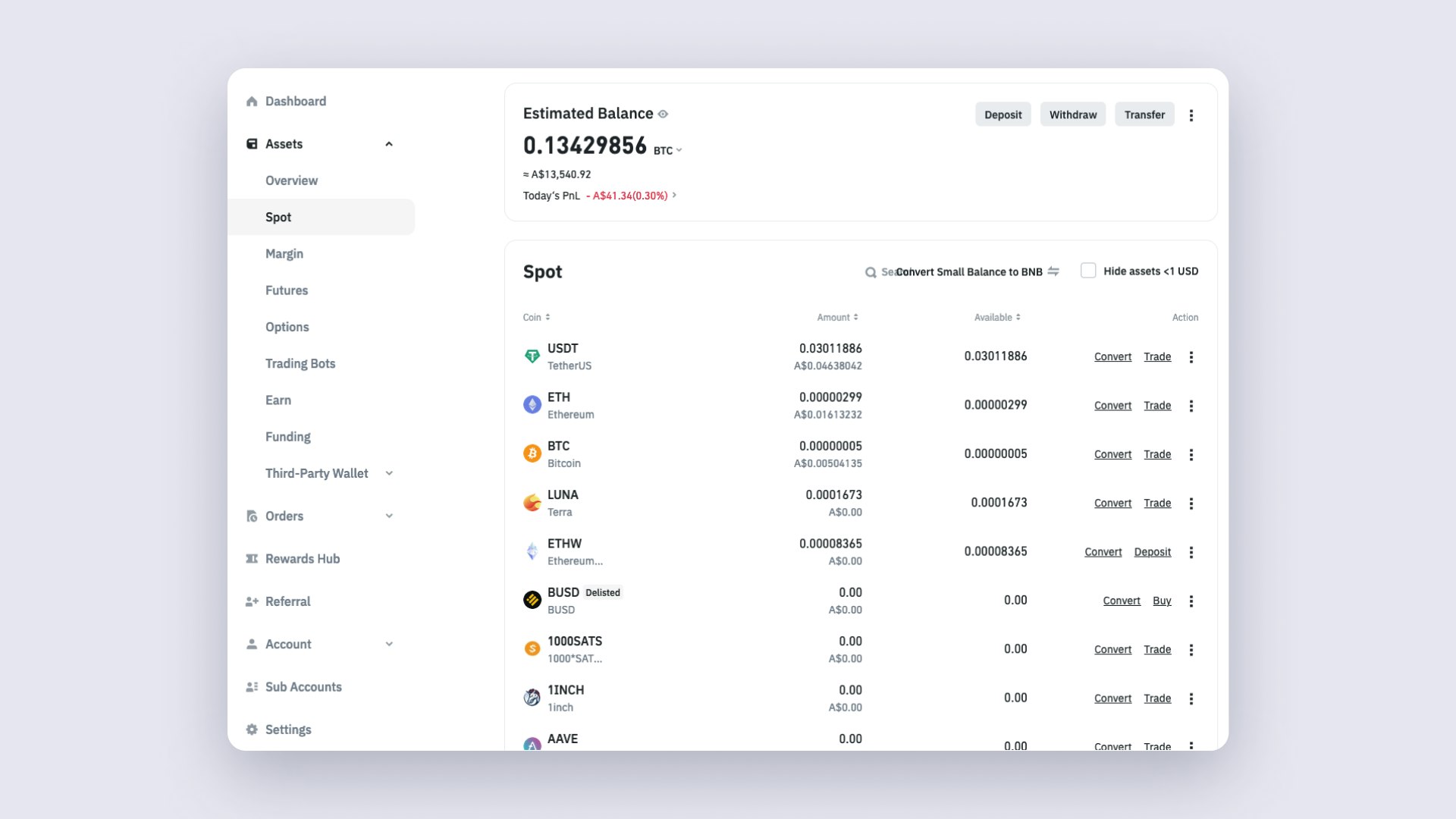
Withdraw to a wallet
Opting for self-custody involves transferring your crypto to a wallet where you control the private keys.
Hardware wallets offer enhanced security but come at a cost, while software wallets provide a free alternative accessible via smartphones or computers.
Moving funds to a wallet necessitates careful management of private keys and backup seed phrases, as there's no recourse for lost access.
Keep funds on Binance
If active trading is your strategy, maintaining your assets on Binance is still an option, you just won’t be able to cash out into AUD.
However you can move your crypto assets onto the CoinJar Exchange if you are into trading. You can trade on CoinJar Exchange for 0%-0.1%. See fees here.
From here, you can cash out in AUD from CoinJar.


Suggested Articles

Protecting Your CoinJar Account: Essential Security Tips
Crypto account security is an important part of trading cryptocurrencies. Here are some things to keep in mind. Read more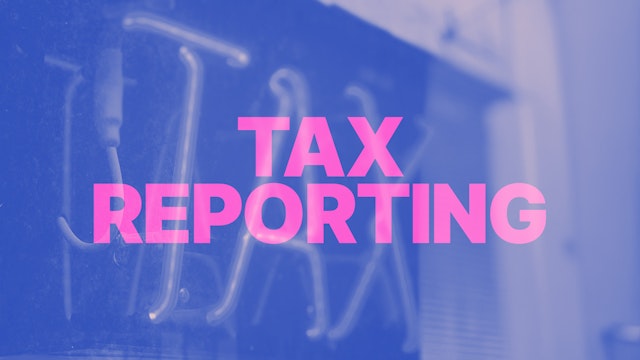
Exporting Your Trading and Transaction History for Tax Purposes
A step-by-step guide for CoinJar customers: How to export your trading and transaction history for the tax year.Read more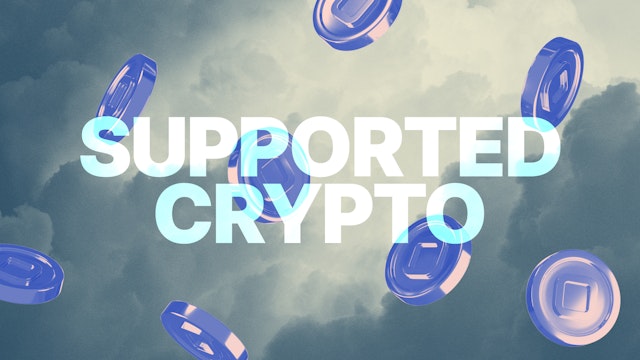
What Are the Supported Cryptocurrencies on CoinJar?
Discover the supported cryptocurrencies on CoinJar, understand what "supported" means, and learn how to avoid common mistakes like sending unsupported tokens to your wallet.Read moreBrowse by topic
Your information is handled in accordance with CoinJar’s Collection Statement.
CoinJar’s digital currency exchange services are operated by CoinJar Australia Pty Ltd ACN 648 570 807, a registered digital currency exchange provider with AUSTRAC.
CoinJar Card is a prepaid Mastercard issued by EML Payment Solutions Limited ABN 30 131 436 532 AFSL 404131 pursuant to license by Mastercard. CoinJar Australia Pty Ltd is an authorised representative of EML Payment Solutions Limited (AR No 1290193). We recommend you consider the Product Disclosure Statement and Target Market Determination before making any decision to acquire the product. Mastercard and the circles design are registered trademarks of Mastercard International Incorporated.
Google Pay is a trademark of Google LLC. Apple Pay is a trademark of Apple Inc.
This site is protected by reCAPTCHA and the Google Privacy Policy and Terms of Service apply.
